It's the first day of the Lunar New Year and this year is the year of the sheep. It is also another round of intertidal exploring around Singapore.
Before I share about my evening journey on this first day, "Shaun the Sheep", a
Costasiella sp. slug from Cyrene Reef would like to wish all readers a Happy Lunar New Year.
 |
| Costasiella sp. slug |
Cyrene Reef is a submerged reef locating in the middle of an industrial triangle in the south of Singapore. The industrial triangle consists of, in clockwise order, Pasir Panjang Port, Bukom Island and Jurong Island.
View Larger Map
Despite being located in the industrial triangle, Cyrene Reef has plenty of interesting marine animals to see.
I have been to Cyrene many times but each time I visit Cyrene, I tend to go to the same spot to look around. This time, I decided to check out the southwestern part of Cyrene, where we often sight the black-tipped reef sharks, in hoping to see one. All the way to the southwestern most tip of Cyrene, I did not encounter any sharks but two
blue-spotted fantail rays scurried away from me while I was walking. Many times, we get frightened by marine animals that sting or bite, but in today's trip I was frightened by a pair of
seagrass filefish.
 |
| One of the few filefish I encountered. This filefish is not afraid of me. |
The sandbar at Cyrene is rapidly changing. Once a little hill of Cyrene, it has now become rather flat. On the sandbar, there are many star imprints on the sand. These are not marks made by fallen cosmic stars but done by marine stars - the
common sea stars (
Archaster typicus).
 |
| Common sea star |
Nearby, in a shallow pool of water, I found a juvenile common sea star. It is so cute.
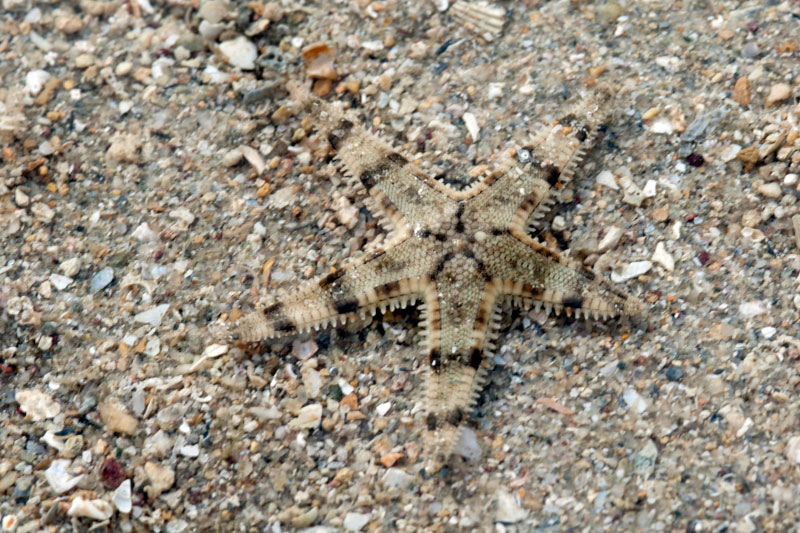 |
| Juvenile common sea star |
Ria showed me the
orange-mouth olive snail (
Oliva miniacea), which is only seen on Cyrene, and I witness how fast this burrowing snail is.
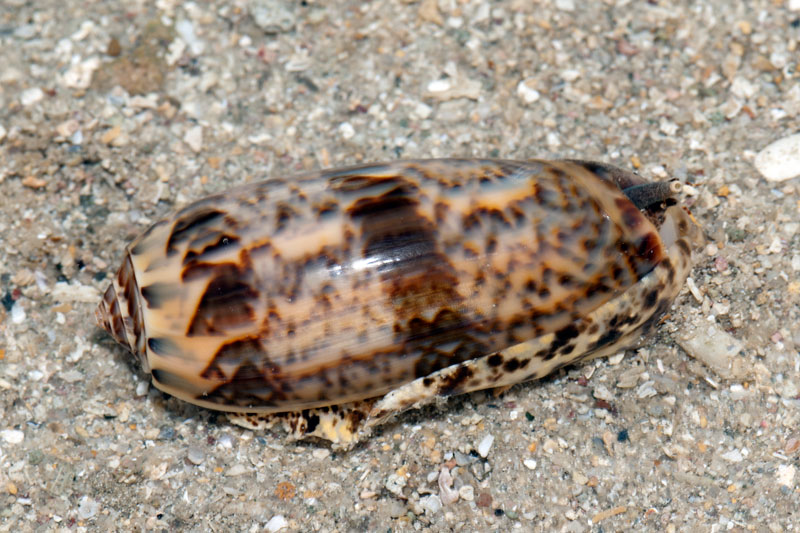 |
| Orange-mouth olive snail, overview |
 |
| Orange-mouth olive snail, underside |
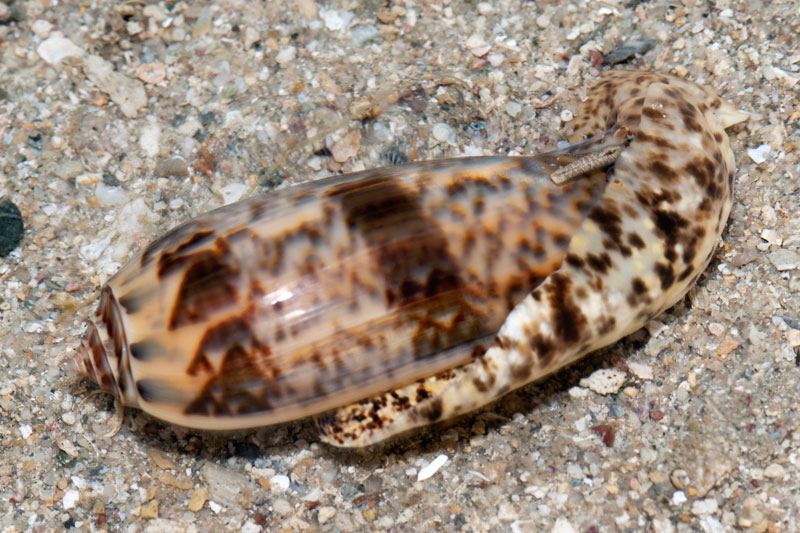 |
| Olive snail starting to burrow |
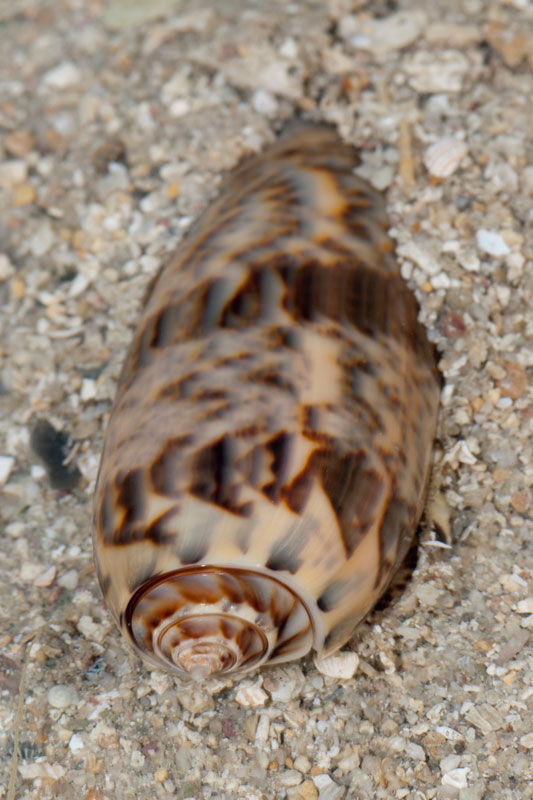 |
| Spire of olive snail |
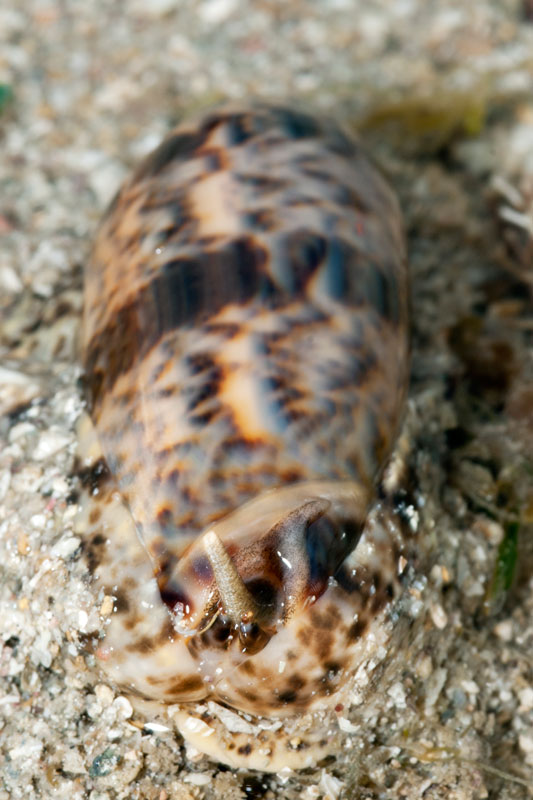 |
| Siphonal angle of olive snail, you can see its eyes and siphon |
 |
| Burrowing olive snail with it's siphon out |
Continuing my southwest walk, I came across different types of hard and soft coral colonies. I am not very good with corals identification so I will try my best.
 |
| Turbinaria sp. 1 |
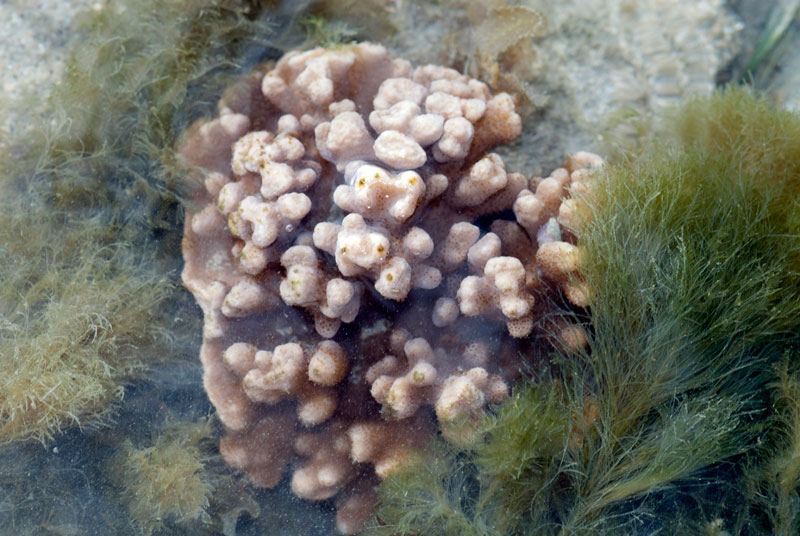 |
| Unknown 1 |
 |
| Unknown 2 |
 |
| Favid coral 1 |
 |
| Turbinaria sp. 2 |
 |
| Brain coral? |
There was also a colony of the
leathery sea fan. They look like some art sculpture in the sea, supporting by wires.
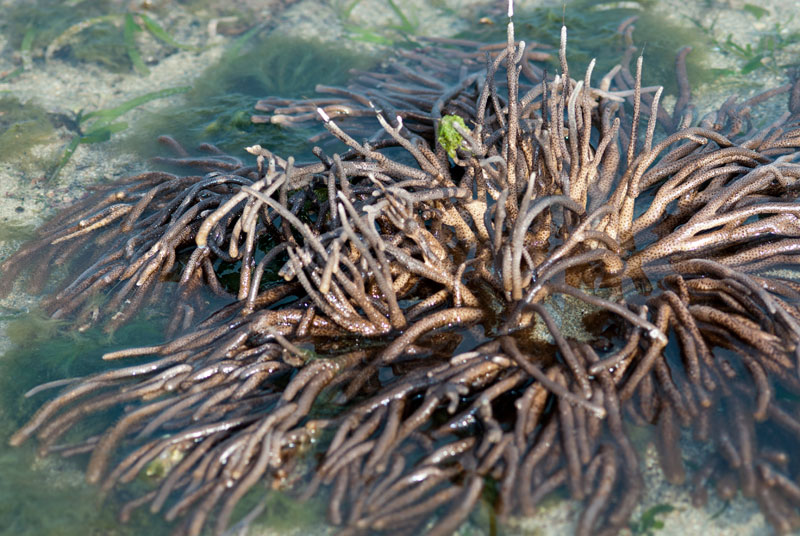 |
| Leathery sea fan |
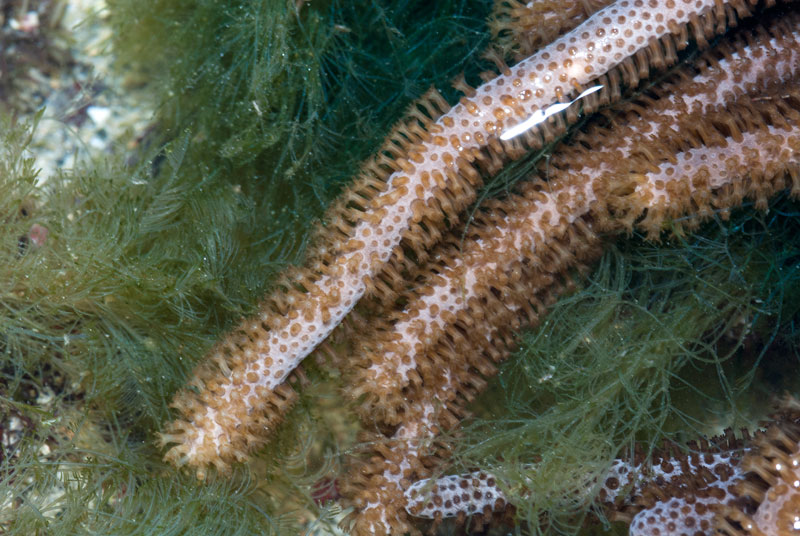 |
| Long stem with visible polyps |
 |
| Central wire-like structure |
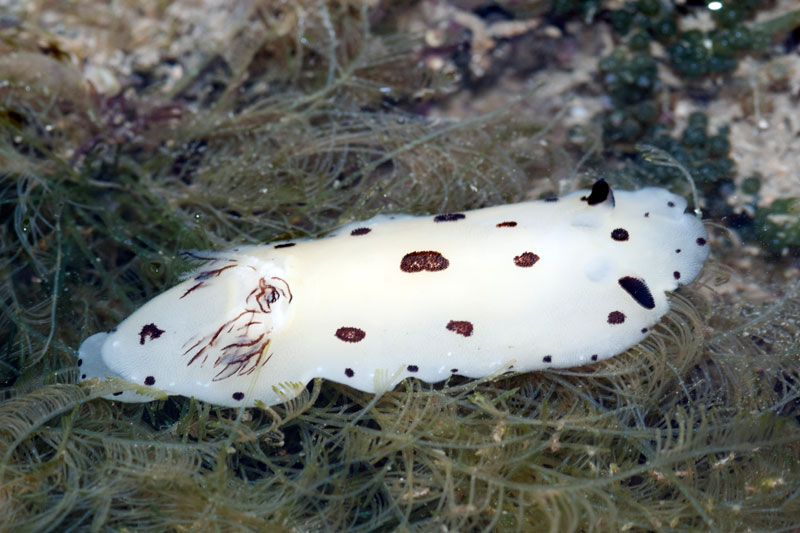 |
| Polka-dot nudibranch |
 |
| Ornate leaf slug |
There were a few
red egg crabs (
Atergatis integerrimus) but many of them are very shy.
 |
| Faded red egg crab |
Looks like the usual hangout place is much more exciting than this coral area. This is where the
knobbly sea stars (
Protoreaster nodosus) like to hangout.
 |
| Knobbly sea star |
 |
| Another knobbly. This looks like it is doing star jumps |
While walking, I saw a rubble flinched. It was a
spider conch (
Lambis lambis). This poor conch has its shell covered with
Hairy green seaweed (Bryopsis sp.).
 |
| Spider conch with bryopsis seaweed |
 |
| Spider conch, underside |
 |
| Spider conch eyes |
The most fun marine animal I saw today has to be the strawberry slug (Costasiella sp.).
For a scale, this is how small the slug is, it is on a broken sand dollar skeleton.
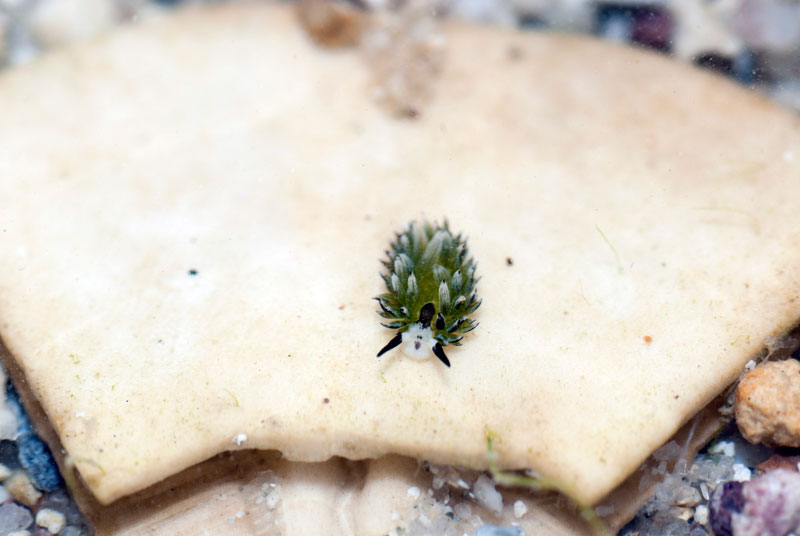 |
| Strawberry slug |
 |
| Close up of the slug |
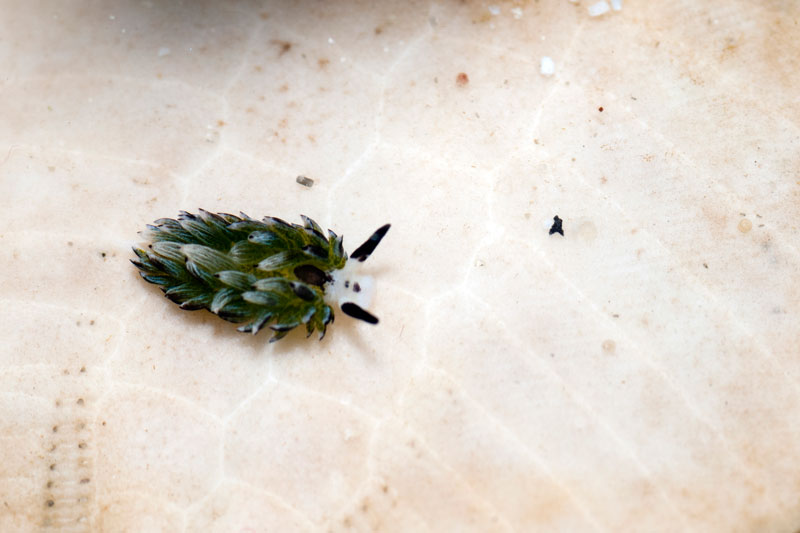 |
| Top view |
To increase the challenge, I saw a skeleton shrimp among the bryopsis seaweed.
 |
| Skeleton shrimp |
Ria alerted me to a large slug, the
Forskal's sidegill slug (
Pleurobranchus forskalii). The slug comes is a variety of dark colours and pretty patterns, but the one I saw was almost black that I could not find any pattern.
 |
| Forskal's sidegill slug |
Another great find by the team was 4 juvenile
pentaceraster sea star (
Pentaceraster mammillatus), out of which, I saw two of them. One of them had a red madreporite. It reminds me of the SG50 logo. Alas, none of us saw the adult pentaceraster sea star. It is good to know that there will be future generations at Cyrene.
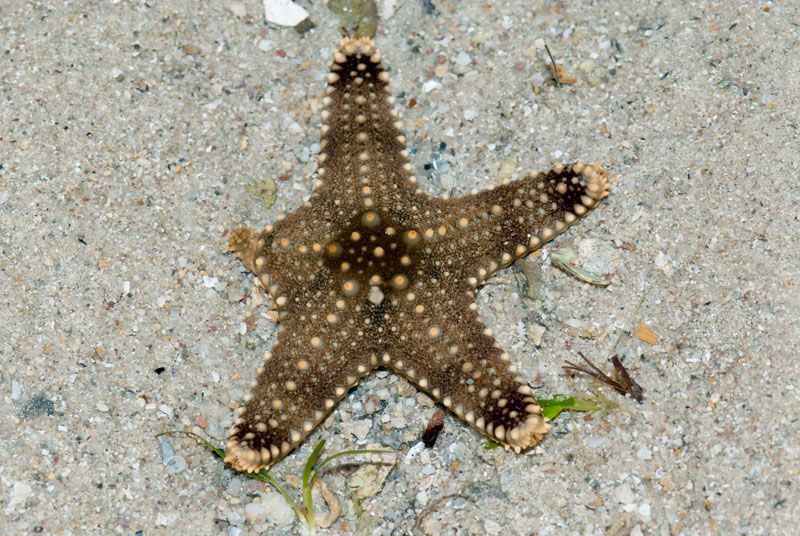 |
| Pentaceraster sea star 1 |
 |
| Underside |
 |
| Close up of the underside |
 |
| Pentaceraster sea star 2 |
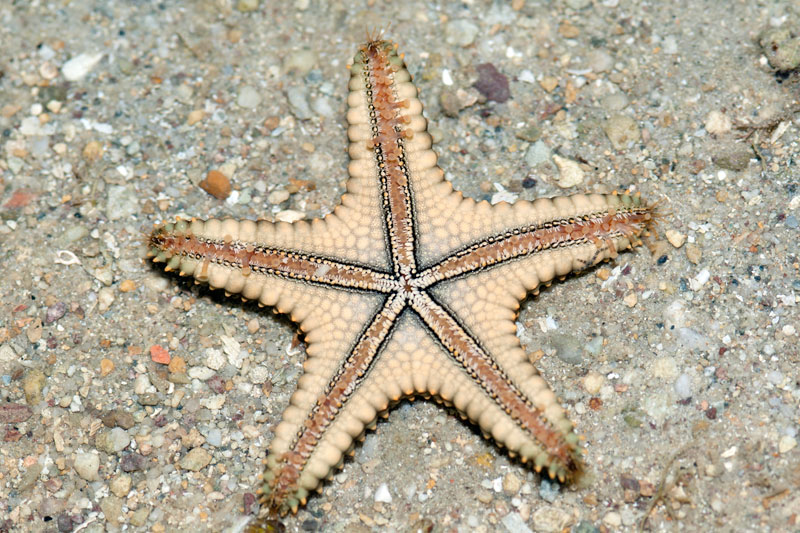 |
| Underside |
 |
| Red madreporite |
Today was the first time I actually saw the
blue dragon nudibranch (
Pteraeolidia ianthina) in the intertidal region.
 |
| Blue dragon nudibranch |
 |
| Blue dragon nudibranch |
Before we ended the trip, Chay Hoon showed me an interesting two tailed slug.
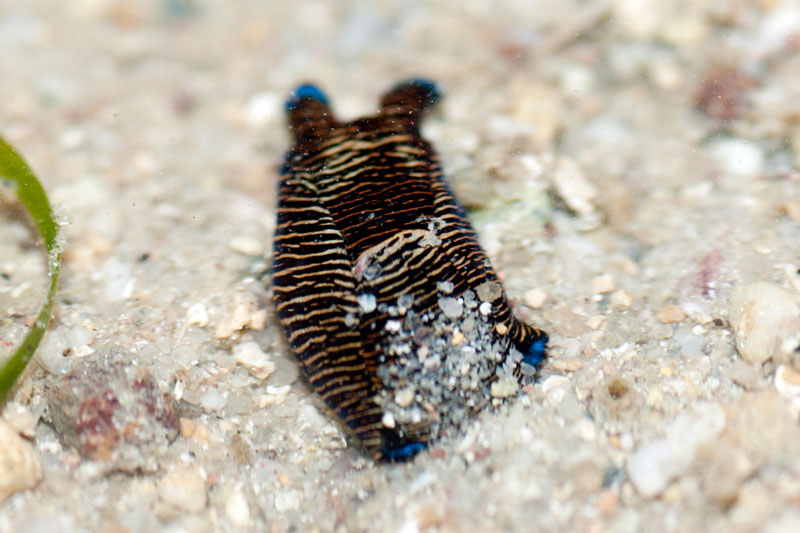 |
| Two tailed slug |
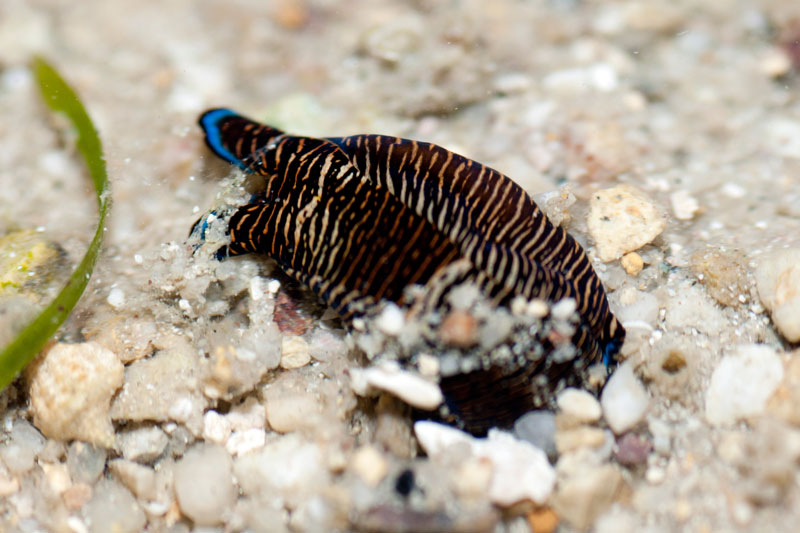 |
| Two tailed slug, it wants to burrow |
Jianlin picked up a box crab.
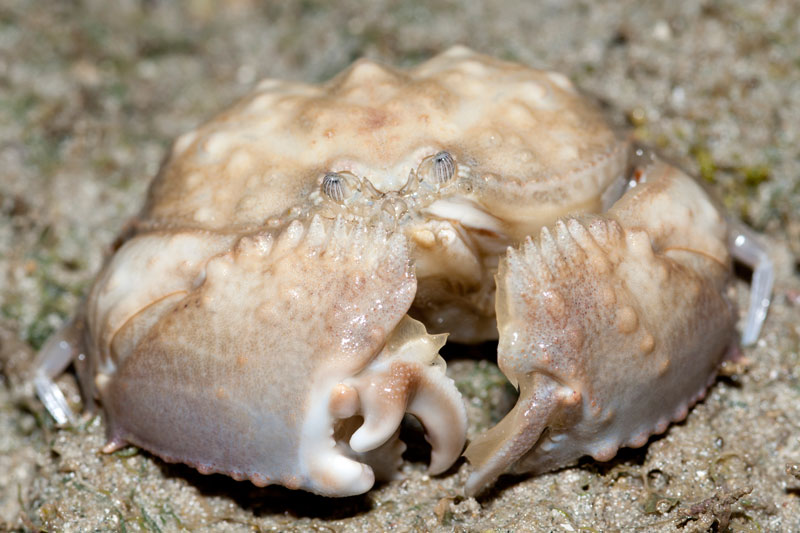 |
| Box crab, front view |
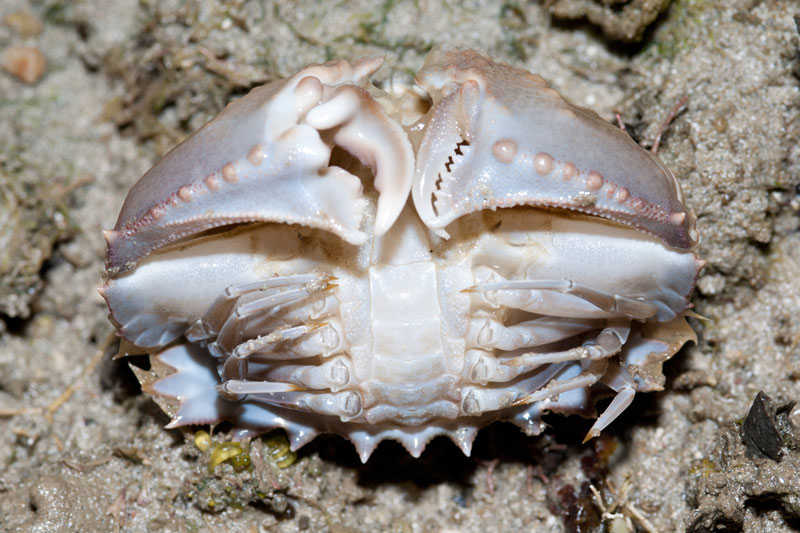 |
| Underside |
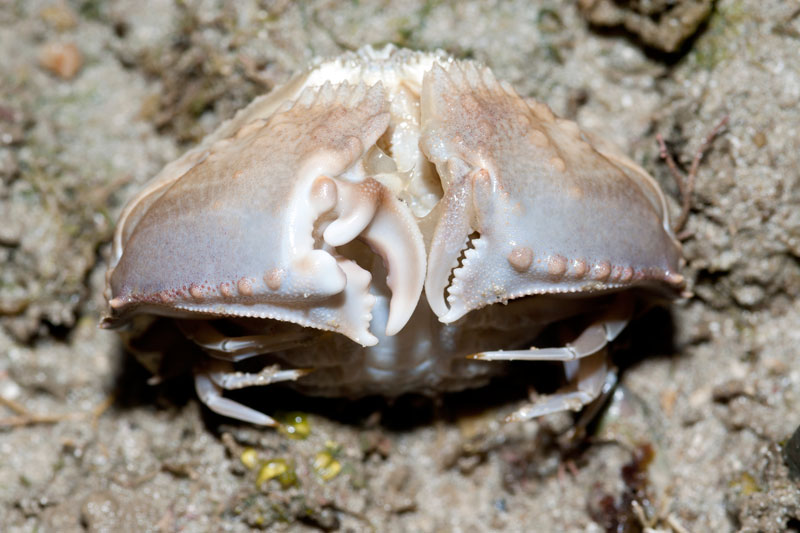 |
| Pincers |
 |
| Carapace |
It was a great evening with my shore friends out at Cyrene Reef on the first day of Lunar New Year.
Post by others:
















































No comments:
Post a Comment